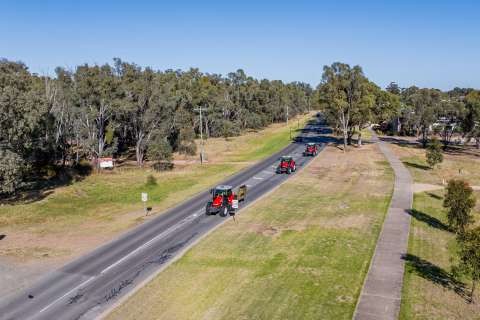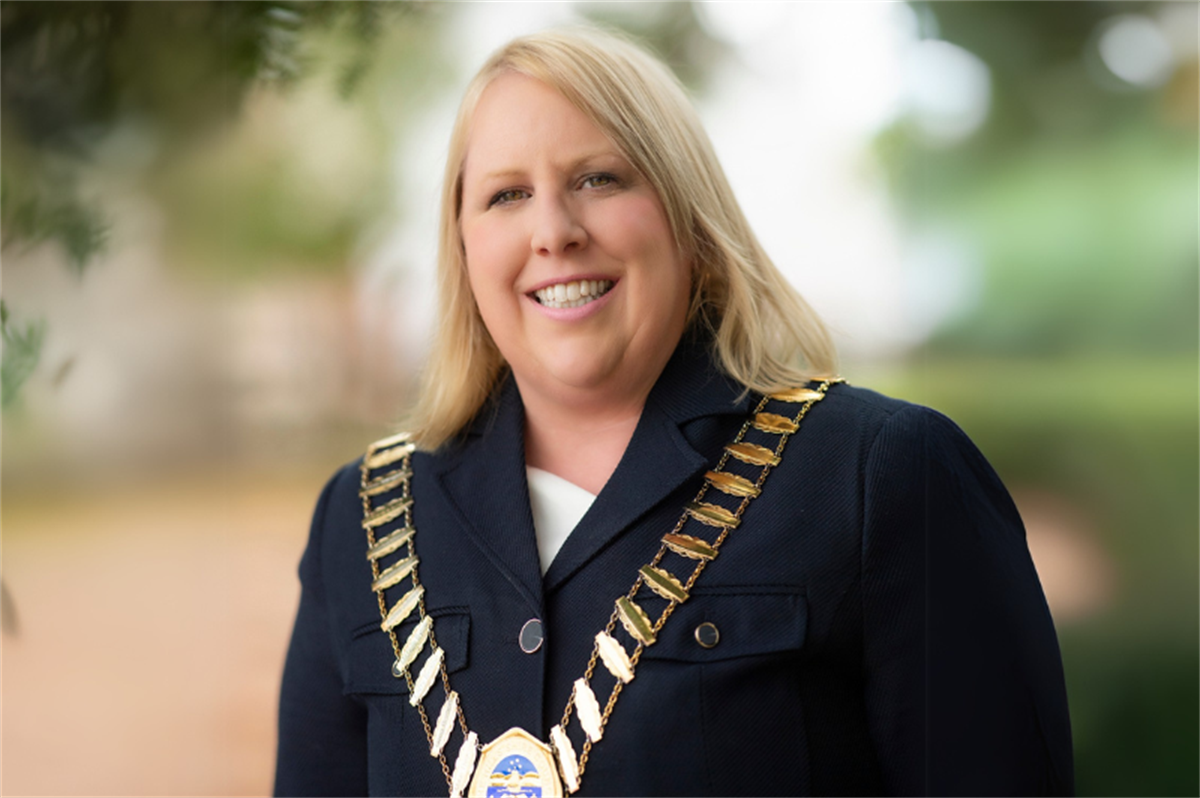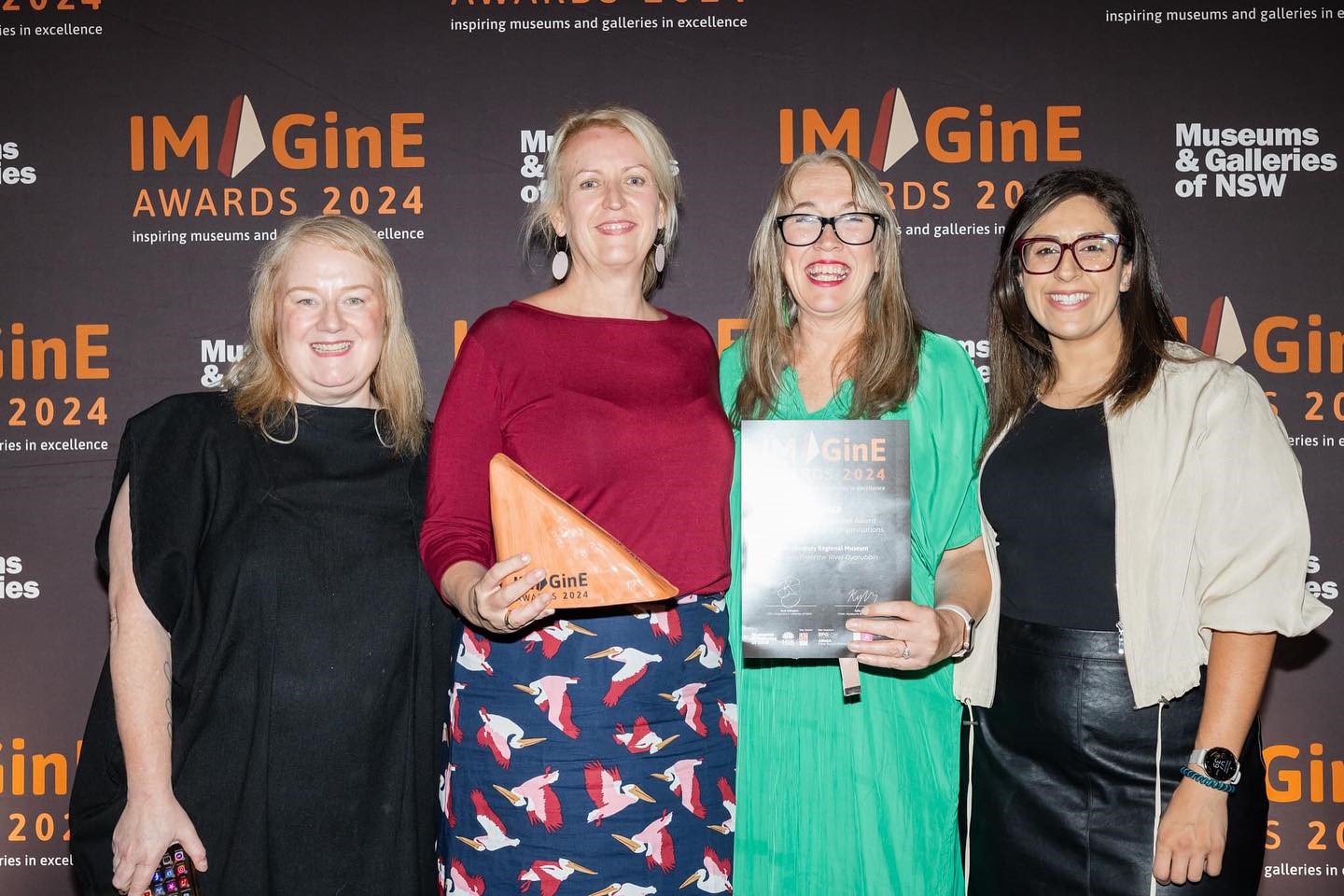New technology will soon be used to help keep trade waste out of the Armidale region’s sewer system, to avoid costly contamination.
Council is implementing the online tracking system WasteID to monitor the collection of trade waste from businesses such as food premises and mechanics.
“WasteID will provide accurate and real-time monitoring to ensure businesses are emptying their grease traps and oil separations systems in accordance with their schedules, to prevent these substances entering the sewerage system,” Armidale Regional Council Mayor Simon Murray said.
“Grease and oil in the sewerage system cause major, and potentially costly, problems with sewage treatment.
“We’re primarily introducing WasteID to protect our sewerage system. However, it will also reduce the paperwork for trade waste contractors and streamline the whole process.”
WasteID uses unique and robust tags which are located at the business premises. Contractors can then use their mobile devices to scan the tags when they remove waste from grease traps and oil separators.
Information identifying the premises, the due date for clean out and the capacity of the pre-treatment device – a grease trap or oil separator – is instantly relayed to Council, confirming the waste has been removed.
“It helps us match the amount of waste collected with the levels delivered to Council’s grease and oil disposal facilities,” Councillor Murray said.
“It also helps provide reminders to businesses that are nearing or have passed a collection deadline.”
The identification tags are being fitted at business premises and Council is liaising with the system provider to create a database of all the monitored businesses.
“We’re aiming to start using WasteID to monitor grease and oil collections from the middle of this year,” he said.
At the same time, Council is rolling out similar tags to monitor annual testing and maintenance of backflow valve assemblies on the town water supply. The devices are installed at premises such as hospitals and industrial sites that use hazardous substances, to ensure those materials do not flow back into the water distribution network.








